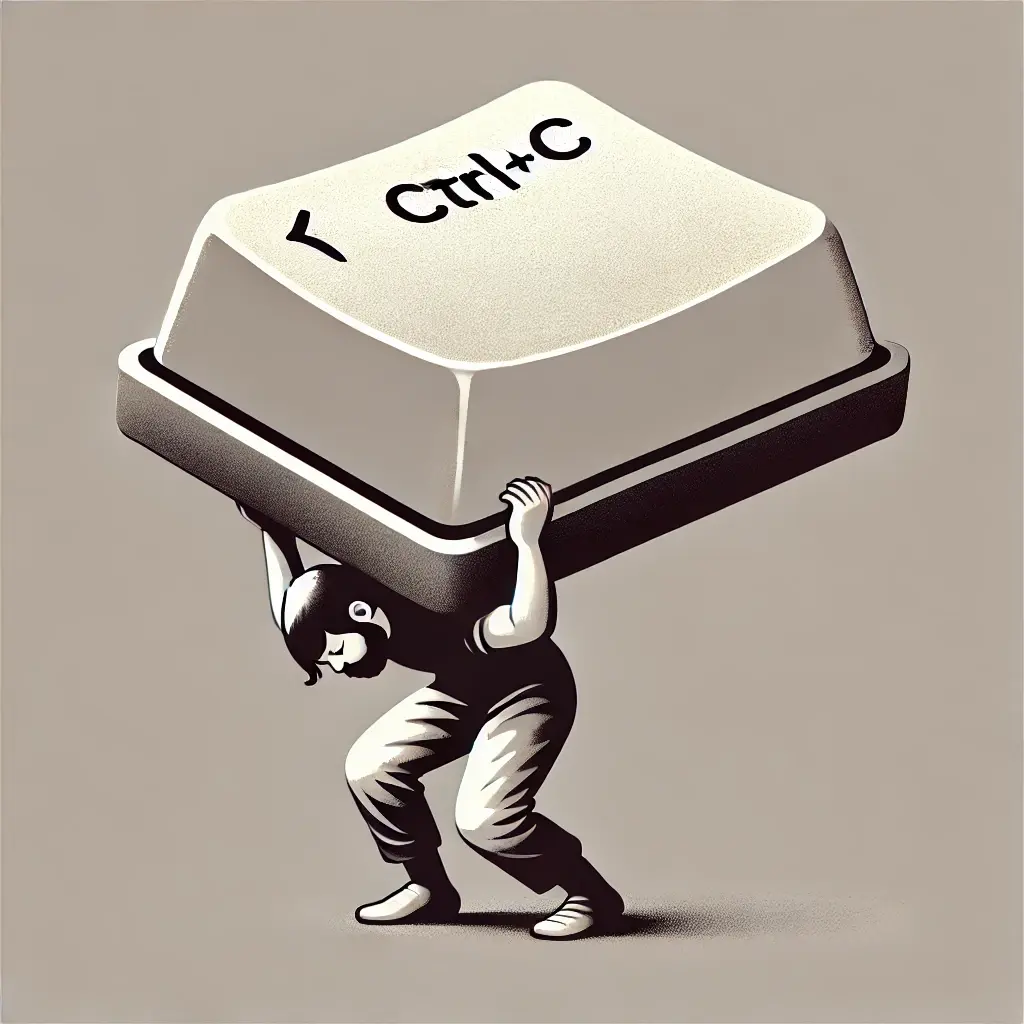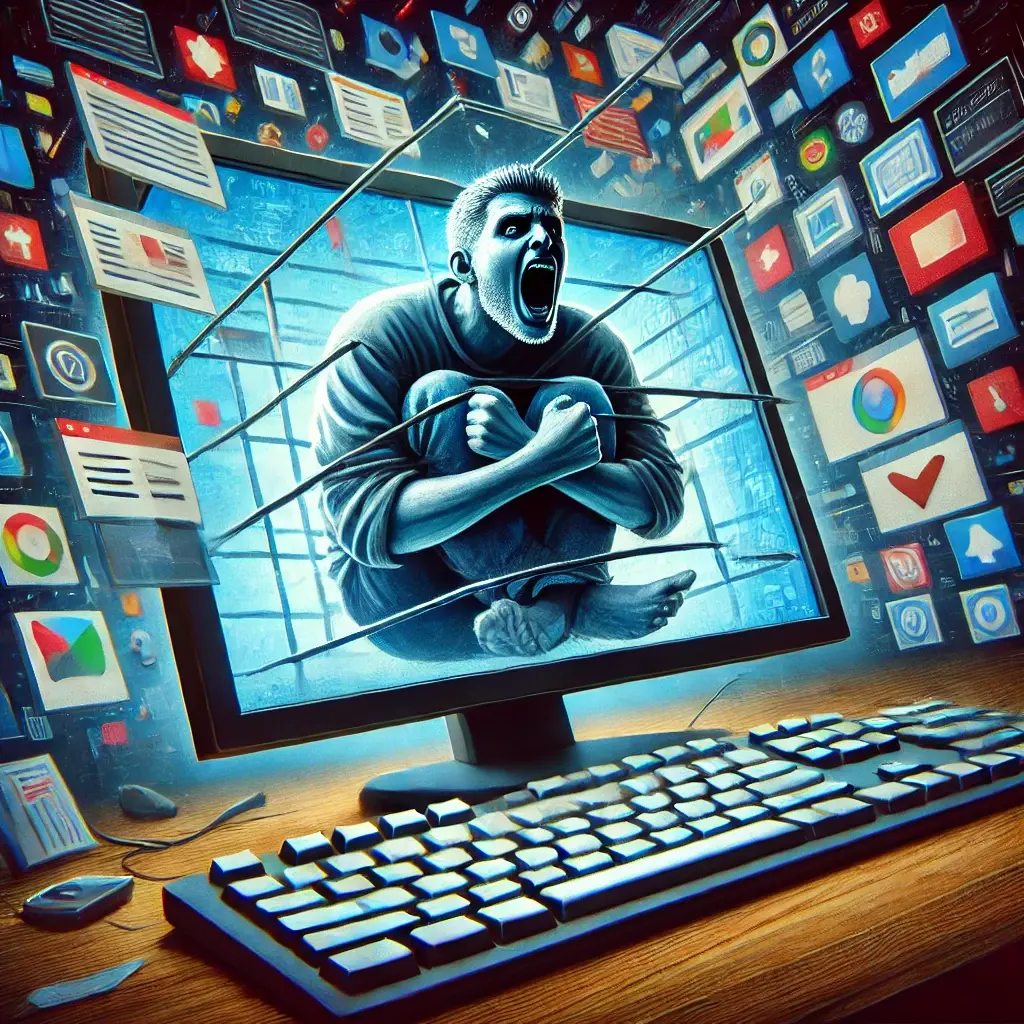I can’t quite remember the exact moment I discovered the ability to copy something on my computer screen and then paste it somewhere else. What I do remember is that it felt revolutionary - especially when using a word processor (hello WordPerfect) to move text from one part of a document to another.
Back then, software “programs” were sold on floppy disks, and we didn’t even think of them as “applications.” Running a software program while also having a word processor open in another window was a big deal. It never crossed my mind that I could copy and paste something from one window to another - because, well, the functionality didn’t exist. It was as if those different windows were like sovereign nations, each with their own rules.
Fast forward a decade or so, and just like magic, software programs were now downloadable from the internet (goodbye disks), the ability to copy and paste something from one program to another became possible. And today, in a world overflowing with web apps and tools, we can’t imagine our lives without this simple, taken-for-granted functionality of copying and pasting.
The Rise and Reliance of Copy & Paste
Copy/paste was a game-changer, multiple times over, through the evolution of computers and software. We’ve come to rely on it so much that we don’t even realize how often we’re doing it anymore.
Think about your typical workday. How many times do you find yourself copying and pasting? Bits of strategy docs into Slack messages, or URLs into Word Docs, or data points into Chat GPT, even copy/pasting images from emails to Google Slides - the list goes on.
You probably do it dozens of times a day if not more. There’s even a physical ailment for those repetitively using their fingers to CTRL+C and CTRL+V (or CMD if you’re a Mac user). We’ve become so reliant on copy/paste that it’s not just ingrained into our workflows - it’s wired into our brains and etched into our muscle memory, with our fingers instinctively executing these commands without any conscious thought!
Can you imagine trying to manage all the work we do across all these applications and with all the people we need to communicate and collaborate with if copy/paste didn’t exist? It would be crazy.
The fear I feel from the thought itself takes me right back to 1991 when my computer crashed around 5 AM, just after I typed the last sentence of my 25-page research paper, due at 11 AM that same day. Auto-save wasn’t a feature then. I lost everything. Insane, right? But I digress.
The point is that it’s scary to think about how difficult it would be for us as knowledge workers today to not have auto-save or the ability to copy/paste.
The Hidden Costs of Copy/Paste Dependency
All this makes me wonder - what if we’ve become so skilled, so adept, so reliant on copy/paste that it’s prevented us from truly examining why we’re doing it?
What was once a cool feature has now become a necessity. A necessity to constantly glue together the bits and pieces of our work that are scattered among the dozens of apps, tools, and documents we use everyday.
Twenty or thirty years ago, knowledge workers didn’t have to use so many apps to get their work done. Copy/paste was cool, but not necessary. Today, the average knowledge worker uses around 22 apps to get their work done, with most departments using anywhere between 40 and 60 apps. 60 APPS!
I just counted 17 on my computer (and that's not counting the number of tabs.) How many apps are you using?
The Symptom of a Bigger Problem
The emergence of the GUI in the early 80s allowed us to run multiple programs at once via windows. It was cool. It made it easier for non-tech folks to use PCs. And when copy/paste became available, it was even cooler.
But our GUI hasn’t fundamentally changed since then. The way we work has changed, though. Most of us use more than 20 apps daily to get our work done. The context of our work - what we’re working on, why, where, with whom, and how - is either in our heads or scattered across all these apps. We’ve come up with hacks like creating centralized docs (or using centralizing-type apps like Notion) with hyperlinks to other apps or with information copy/pasted from other sources. It helps us manage, but at what cost?
We find ourselves spending a bulk of our days and weeks (60% according to this study) managing our work across all these apps so that we can get to the actual work we were hired to do - the creative, focused, skilled work that we love.
This constant manual coordination is exhausting and clearly inefficient. It leads to burnout, and the mental, financial and organizational costs are too high for us to keep operating this way.
So, is this the way it has to be? Or have we failed to pause, pull back, and realize that it’s simply a constraint of the system?
Well, yes. It is a constraint.
Why?
Because we’re working within a desktop environment where our applications do not inherently communicate with one another. The info in one app has nothing to do with the info in another. You may be able to technically integrate apps with each other - but even that is limited and requires manual implementation. That too, is a hack.
It doesn’t have to be that way. We can do something about it.
The Solution? A New Digital Environment
What if our digital environment could intuitively understand the context of our work and seamlessly integrate all the tools, apps, and information we need?
That’s where Reframe comes in. Reframe is pioneering a new approach to digital work environments that goes beyond the limitations of our traditional GUI. Instead of forcing you to manually connect the dots between different apps and tools, Reframe is creating an Organized Work Environment (OWE) that is context-aware and fully integrated.
Imagine a workspace where all your applications, tools, and data streams are unified in a way that naturally supports the flow of your work. No more copying and pasting data from one app to another, no more manually creating centralized documents with hyperlinks to other sources. Reframe’s OWE understands the context of what you’re working on and provides the right tools and information exactly when you need them.
Reframe is moving beyond the constraints of current desktop environments and building a future where your computer works for you, not the other way around. This is the next step in the evolution of how we interact with our digital tools. A step that frees us from the mental clutter and inefficiency of our current systems and empowers us to expand our human capacity.
Hard to believe? We understand. Sign up to be the first to experience Reframe's Organized Work Environment.




